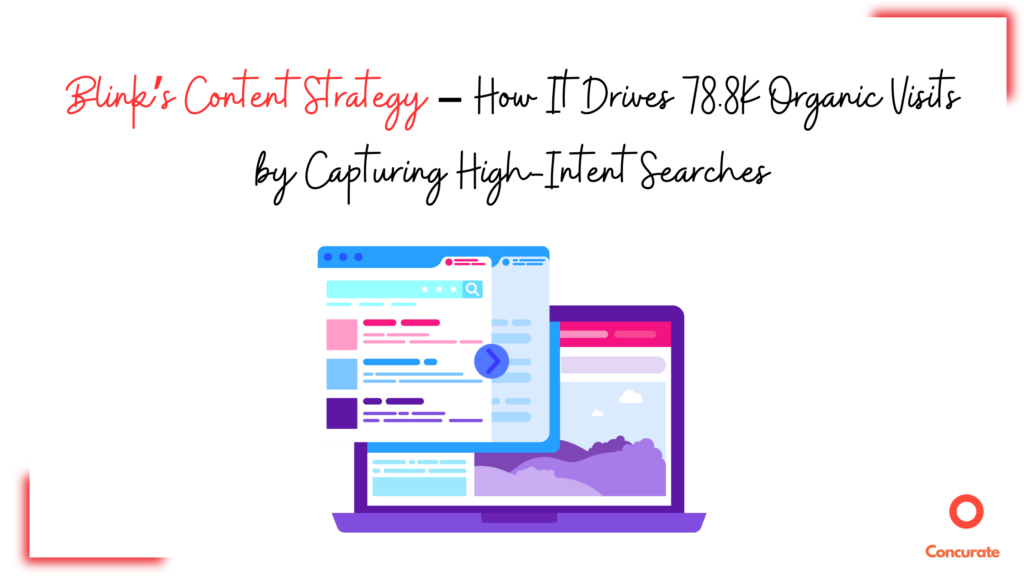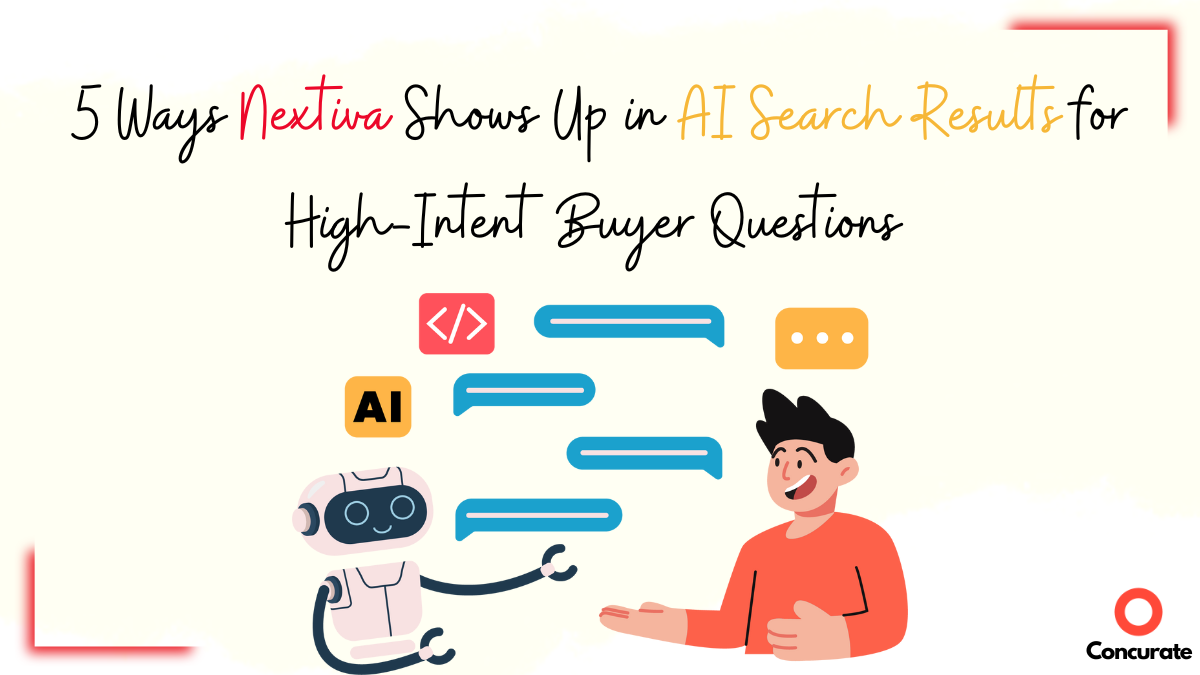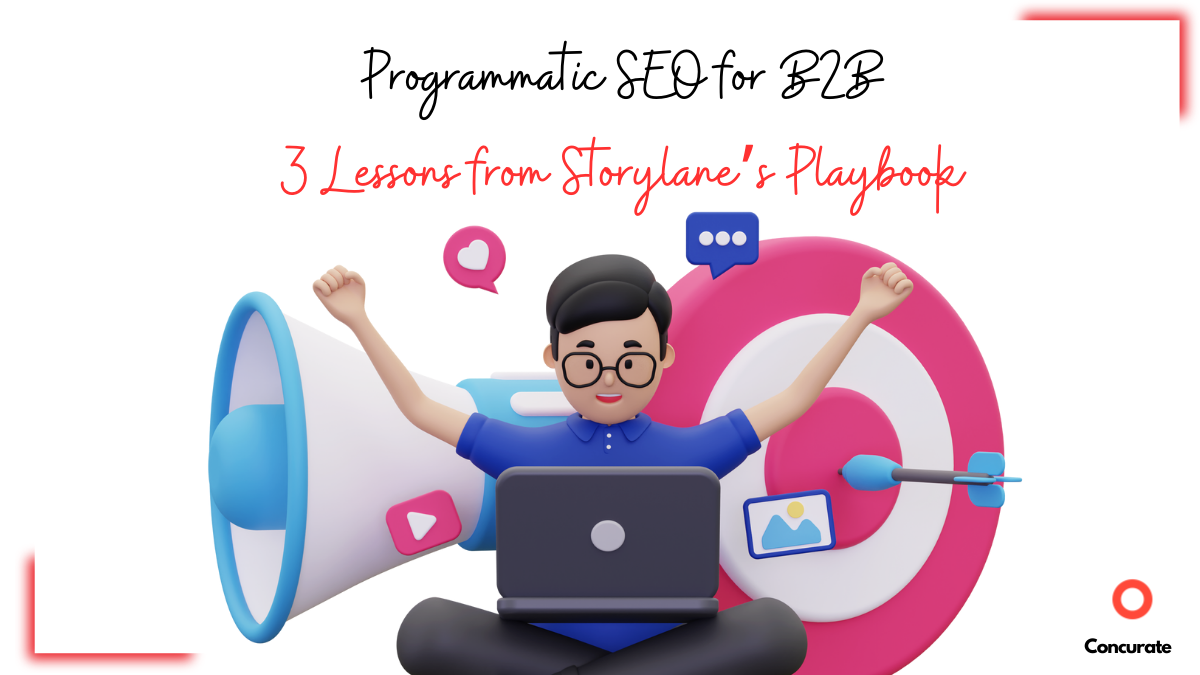Getting employees to engage with internal communication tools is a challenge. Most intranet solutions fail because they feel outdated, clunky, or disconnected from real workforce needs.
Blink understands this. Instead of relying on generic content marketing, they focus on attracting decision-makers searching for real solutions. Their content doesn’t just inform. It guides users toward practical, action-driven workplace communication strategies.
By analyzing Blink’s highest-performing pages, we identified three core content pillars that consistently bring in 78.8K organic visitors. Each plays a key role in turning high-intent searches into meaningful engagement.
1. Product-Led Content That Converts Decision-Stage Visitors
When businesses search for employee engagement software or intranet tools, they are comparing solutions. Blink’s product-led content ensures these visitors find what they need without leaving the site.
A strong example is their Top Intranet Software Solutions page. It ranks well because it offers a direct comparison of industry-leading platforms, highlighting Blink’s strengths in real-world use cases.
Another key page is Employee Engagement Software. Companies looking for solutions land on this page and immediately see how Blink improves internal communication and workforce engagement.
Intranet solutions often struggle with engagement due to their rigid structures. Crafting content that moves decision-makers toward action can be the difference between losing interest and converting leads.

Source: Blink
Key Takeaways
- Create decision-stage content that helps businesses compare workforce communication tools.
- Showcase Blink’s unique product advantages with real-world use cases.
- Ensure comparison pages keep users on the site instead of directing them elsewhere.
2. High-Value Workplace Communication Guides
Frontline teams often struggle with miscommunication, disengagement, and lack of structured updates. Blink’s high-value content solves these pain points by providing step-by-step workplace communication strategies.
A standout example is their Open Communication in the Workplace page. This content goes beyond theory by breaking down practical ways to build transparency and trust in teams.
Another key performer is How to Measure Employee Engagement. HR teams searching for this topic find structured frameworks, helping them implement measurable engagement strategies using Blink’s platform.
Analyzing how top SaaS brands attract and convert users can offer key takeaways for workforce communication tools as well.
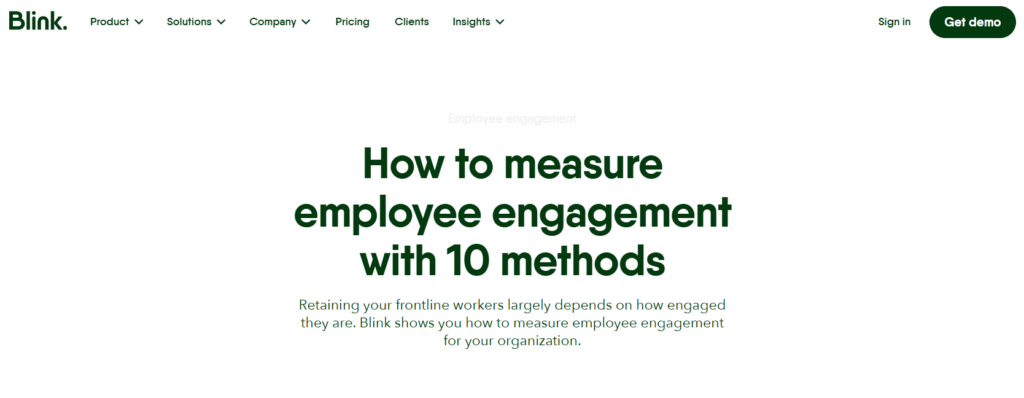
Source: Blink
Key Takeaways
- Address common communication challenges with structured, problem-solving content.
- Provide step-by-step strategies HR teams can immediately apply.
- Ensure content naturally connects to Blink’s product without feeling overly promotional.
3. Authority-Driven Content That Builds Industry Trust
HR professionals and business leaders often look for expert-backed workplace insights. These readers don’t just want generic blog posts. They need data-backed strategies that improve employee communication and engagement.
Blink’s Top Intranet Software page is a great example. It doesn’t just list software but also provides deep evaluations based on security, usability, and impact on team alignment.
Another key content asset is Employee Engagement Frameworks. Decision-makers trust Blink’s resources because they combine industry best practices with actionable templates that help businesses refine their internal communication policies.
Effective case studies showcase the impact of communication tools like Blink, helping businesses make informed purchase decisions.
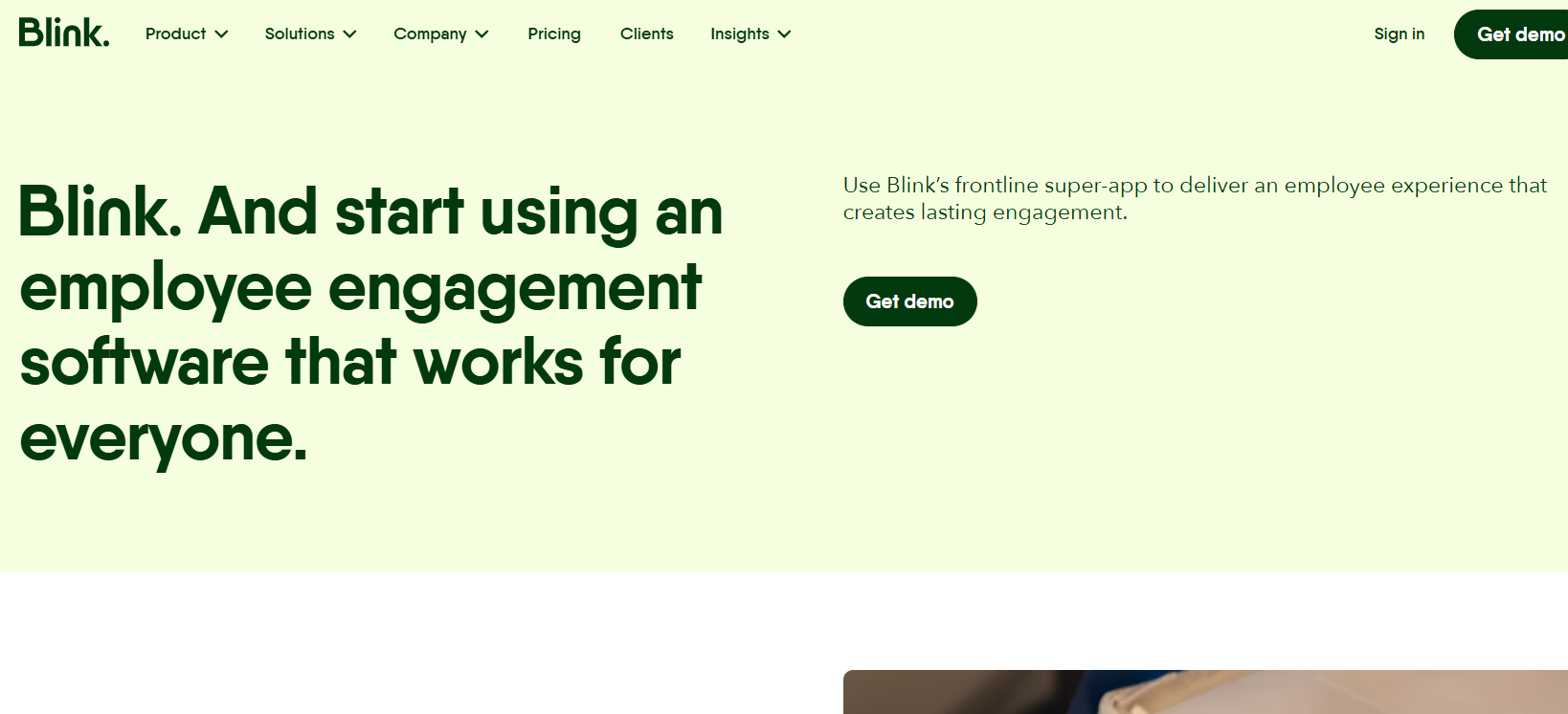
Source: Blink
Key Takeaways
- Create compliance-driven content that establishes Blink as an industry leader.
- Provide well-researched insights that HR professionals can use immediately.
- Use trust-building content to reinforce Blink’s authority in workforce engagement.
Why Blink’s Content Strategy Works
Blink’s content strategy is not about traffic for the sake of traffic. Every page aligns with a clear business goal. Whether it’s educating HR teams, offering practical employee engagement strategies, or positioning Blink as the best solution for workplace communication.
- Product-led content ensures decision-stage buyers stay on the site instead of going to third-party reviews.
- Actionable communication guides help businesses solve real challenges with practical takeaways.
- Authority-driven content builds trust, reinforcing Blink’s credibility in workforce engagement.
Many companies struggle because their content fails to connect with real user needs. Blink’s strategy works because it solves workforce problems while guiding users toward the platform.
Want a Content Strategy That Drives Workforce Engagement?
Most intranet platforms face the same challenge of getting employees to use them consistently. The right content strategy can bridge this gap by positioning a tool as the go-to solution for internal communication.
At Concurate, we specialize in creating SEO-driven, high-intent content strategies tailored for B2B SaaS brands like Blink. Instead of just driving traffic, we craft content that aligns with user intent and moves decision-makers toward action.
If your content strategy isn’t delivering real engagement, let’s fix that. Let’s build a content plan that makes an impact. Block our calendar today.


